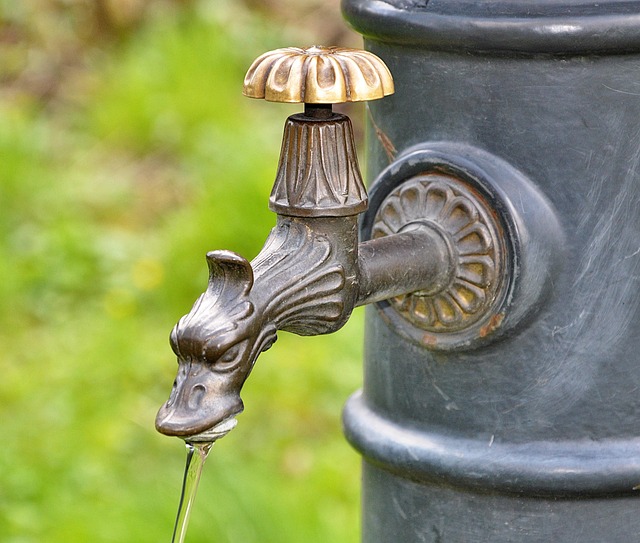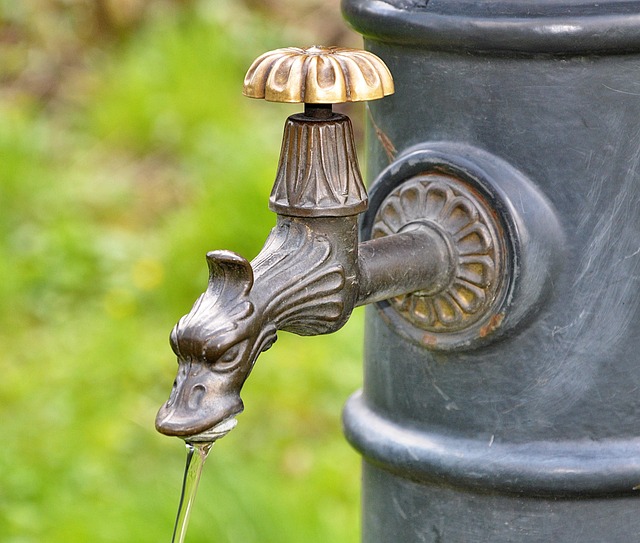Hot idling harms vehicles and the environment, but upgrading to a Cold Air Intake (CAI) system offers a solution. CAIs optimize fuel efficiency, engine performance, and power by drawing in cooler, denser outside air. They enhance combustion, reduce noise, and improve drivability while promoting environmental sustainability. Selecting the right CAI, tailored to driving habits and vehicle needs, is crucial for maximum performance gains, improved response, increased horsepower, and a quieter ride.
Say goodbye to hot idling, the energy-wasting and environmentally harmful practice that plagues many vehicle owners. This article explores the impact of hot idling on your engine and the environment, while providing a comprehensive guide to upgrading to a cold air intake (CAI) system. Learn about the numerous benefits of CAIs, from improved fuel efficiency to enhanced engine performance. Discover how to select the right cold air intake for your vehicle with our step-by-step guide, emphasizing the importance of proper fitment and optimal airflow.
- Understanding Hot Idling and Its Impact
- Benefits of Upgrading to a Cold Air Intake System
- Selecting the Right Cold Air Intake: A Step-by-Step Guide
Understanding Hot Idling and Its Impact

Hot idling refers to the practice of keeping an internal combustion engine running at idle (typically around 1000 RPM) for extended periods, often while the vehicle is stationary. This habit may seem harmless but has significant negative impacts on both your vehicle and the environment. The process leads to unnecessary fuel consumption and increased emissions, contributing to air pollution. Moreover, it can cause wear and tear on vital engine components over time, leading to more frequent repairs or even premature engine failure.
Selecting a cold air intake (CAI) is one effective strategy to minimize hot idling’s effects. CAIs are designed to draw in cooler, denser air from outside the vehicle, optimizing fuel efficiency and engine performance. By enhancing efficient engine breathing, these intakes ensure that your engine receives the optimal mixture of air and fuel, improving overall power and reducing waste gases. This simple upgrade can contribute to both environmental preservation and cost savings, making it a popular choice among vehicle owners looking to say goodbye to hot idling habits.
Benefits of Upgrading to a Cold Air Intake System

Upgrading to a Cold Air Intake (CAI) system can significantly enhance your vehicle’s performance and overall driving experience. One of the key benefits is improved engine power, especially in off-road vehicles where an off-road CAI can make a noticeable difference. This simple modification allows for better airflow, enabling the engine to breathe more efficiently, resulting in increased horsepower and torque. Not only does it boost performance, but a CAI system also contributes to better fuel efficiency by drawing cooler air from outside the engine compartment.
Additionally, modern cold air intake maintenance is relatively straightforward and can be performed as part of regular vehicle servicing. The direct route that cold, dense air takes into the engine enhances combustion, leading to improved engine response and overall drivability. With a CAI, you can also expect reduced noise levels, making your driving experience quieter and more refined. Say goodbye to hot idling and hello to a more powerful, efficient, and enjoyable ride!
Selecting the Right Cold Air Intake: A Step-by-Step Guide

When looking to enhance your vehicle’s performance and say goodbye to hot idling, selecting the right cold air intake (CAI) is a crucial step in your tuning journey. Not all CAIs are created equal, so it’s essential to understand your vehicle’s needs before making a purchase. Here’s a step-by-step guide to help you choose an optimal off-road CAI for increased power and better overall performance.
First, assess your driving habits and the intended use of your vehicle. For daily drivers, a well-designed CAI that offers a balance between performance gains and quiet operation is ideal. Off-road enthusiasts, on the other hand, might prefer an aggressive setup to handle the demands of rough terrain. Next, consider the air filter type; high-flow filters designed for optimal airflow are common choices, but ensure they’re suitable for your vehicle’s requirements. Check compatibility with your engine and ensure proper installation for peak performance tuning.
By saying goodbye to hot idling, you not only contribute to a greener environment but also enhance your vehicle’s performance. Upgrading to a cold air intake system is a simple yet effective way to achieve this, allowing for better fuel efficiency and increased power output. When selecting the right cold air intake, follow our step-by-step guide to ensure optimal performance and peace of mind. Remember, every upgrade begins with choosing the best cold air intakes – the key to unlocking your vehicle’s true potential.



